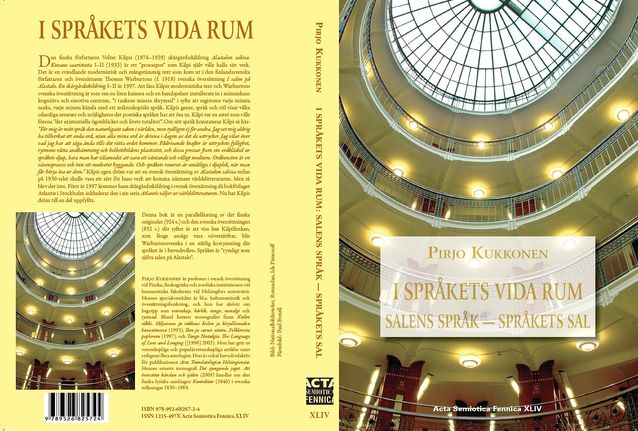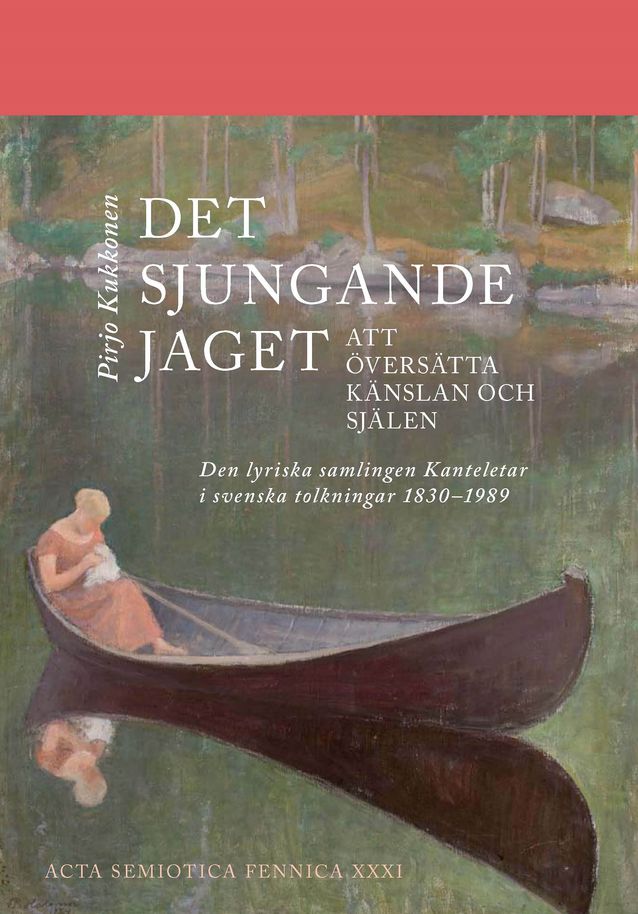Pirjo Kukkonen
Pirjo Liisa Helinä Kukkonen
Born September 5, 1949 Oulunsalo
Master of Arts (Scandinavian philology) 1974, Licentiate 1983 (Scandinavian languages), PhD 1989, University of Helsinki
Examination for authorised translators (Finnish-Swedish) 1976
Subject teacher training 1974–75, University of Helsinki
Docent in Scandinavian languages 2005–, University of Oulu
Professor of Swedish translation studies 2011–, University of Helsinki
Acting professor of Swedish translation studies 2009–11, university lecturer in Swedish (translation studies) 2004–09, University of Helsinki
Head of the Department of Translation Studies 2000–03, acting professor of Swedish translation and interpretation studies 2000–2004, University of Helsinki
Scholarship researcher 1994–96
Lecturer in Swedish translation and interpretation studies 1991–2004, Acting assistant professor 1991–94, Kouvola Institute for Translator Training/ Department of Translation Studies, University of Helsinki
Research and teaching assistant, Scandinavian languages 1983–88 and 1988–91, University of Helsinki
Part-time teacher of Scandinavian languages, acting lecturer, acting research assistant, acting assistant professor 1975–83, 1990, University of Helsinki
Member of the Scientific Board of the International Semiotics Institute 2014–
Member of the Editorial Board and Scientific Board 2013–, Punctum. International Journal of Semiotics
Principal Investigator (PI) of Swedish translation studies 2011–, University of Helsinki
Researcher and steering-group member 2013–16, TraST Research Community, University of Helsinki
Researcher 2012–, Semiotics and Cultural Heritages: Semiotics, Translation and Cultural Heritages
Executive member of IASS/AIS The International Association for Semiotic Studies – Association Internationale de Sémiotique 2009–
Director (with Ritva Hartama-Heinonen) of the 11th International Symposium on Semiotics and Translation SemTra2015 in Kaunas, Lithuania,
Board member 1999–2012, Nordic Association for Semiotic Studies
Board member, lecturer, researcher 2003–12, Finnish Network University of Semiotics
Board member 2002–13, ISI, International Institute for Semiotic and Structural Studies
Project leader, researcher 2001–04, Kouvola Research Group
Researcher 1999–2002, Popular Imagination (Nordic Network of Folklore, Åbo Akademi University)
Researcher, 1999–2000, Understanding, Misunderstanding, and Self-understanding (ESR project)
Vice president of the Semiotic Society of Finland, 1997–
Expert advisor on Swedish at various ministries 1993–96, HAUS Finnish Institute of Public Management Ltd 1993–96 and Office of the President of the Republic of Finland 1994–99
Publications, research projects and other academic activity
Research themes
Language, literature and translation studies, social and cultural semiotics
Awards and special achievements
ICoN Lifetime Achievement Award 2015
Tiedeyhteisön kultainen ansiomerkki (Finnish academic medal) 2014
Festschrift in Honour of Professor Kukkonen’s 60th Birthday
‘Oscar’ of Semiotics 2006
Honorary member of the Semiotic Society of Finland 2006
University of Helsinki Superior of the Year 2001
Photo: Ari Aalto
Written by Pirjo Kukkonen (Tomas Sjöblom, ed.)
Translated by Matthew Billington



